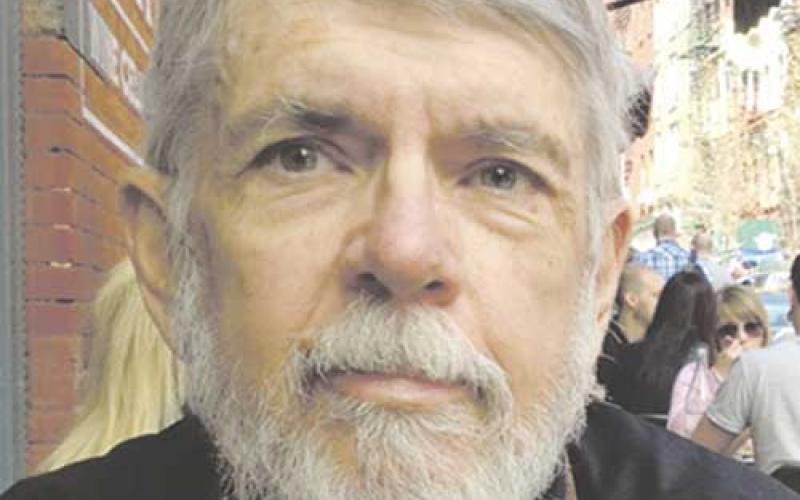Fort Griffin's Smokey
Among the buffalo hunters and assorted hangers-on around Fort Griffin in the late 1870s, almost anyone tough enough to survive could be considered something of a character. But a loner named Smokey stood out.
Edgar Rye, who met Smoky in 1877, first told his story in 1909 in his long out of print book, “The Quirt and the Spur: Vanishing Shadows of the Texas Frontier.”
Smokey showed up at Fort Griffin — then a wild and wooly town adjacent to the military post that gave it is name — every two weeks or so to buy supplies and sell his hides. Rye, a newspaperman, cartoonist and former justice of the peace at Fort Griffin, described Smokey as having a haggard face and long, unkempt hair. He wore greasy overalls and a pair of worn out cavalry boots. No one knew anything about him and he never offered details. If he had any friends or even acquaintances, no one knew who they were.
Those who studied on the matter figured the far-away look in Smokey’s eyes told of some long ago tragedy, something so powerful it had isolated him in an isolated country to deal with his demons as best he could. Maybe he’d had a hard go of it during the Civil War. Maybe he had lost a wife and children to disease. Maybe... No one knew what had turned Smokey inward.
Several of the curious locals, including Rye, decided to learn Smokey’s story if they could. Sitting with him around a camp fire, all it took was a little whisky.
During the Civil War, when the Comanches enjoyed a virtual open season on settlers in Texas’ western counties, Smokey fell in with a man named Jeff Turner. Turner had lost his wife and two children years before to Indians and had vowed to spend the rest of his life getting revenge. He had collected 35 Indian scalps so far and wanted more.
A party of Comanche raiders had been reported in the area, Turner said, and he was on their trail. Not having anything else to do, Smokey threw in with Turner.
Surveying the countryside from high ground with his spy glass, Turner spotted the Indians off in the distance. His eyes widened at what he saw next: Between his vantage point and the Indians, a lone covered wagon rolled in the direction of the Comanches. Fortunately, the Indians had not yet seen the wagon.
After a hard ride, Turner and Smokey succeeded in intercepting the naive pioneers and turning them back toward the settlements. But the Comanches soon discovered the two Good Samaritans and gave chase.
Bullets and arrows whizzing past them, the scalp hunter and his new pal headed for cover along the Clear Fork of the Brazos, tumbling down the steep bank . That’s when they saw the hole in the rock. With the Indians hot on their trail, crawling in the small cave seemed like a good idea–until they realized they would be sharing their hiding place with a colony of rattlesnakes.
With nightfall, the Comanches gave up on trying to find the pair. But the two men did not know that. Surrounded by snakes and knowing that the slightest move could provoke a strike, the two men sat sweating in the dark.
Smokey had no idea how much time went by before Turner, trying to stretch a cramped limb, moved just enough to provoke one of the rattlers.
“I have received my death warrant,” is the way Turner hoarsely put it when the snake sunk its fangs into his body.
Trapped between a Comanche war party and a den of rattlesnakes, it took Turner all night to die.
When the sun came up, Smokey could see the way out. And the snakes had slithered away. He dragged Turner’s swollen body out, hid it under brush and some rocks and rode for help.
They buried Turner on a knoll near old Fort Phantom Hill. The next time Smokey had occasion to look in a mirror, he was shocked to discover that his hair had turned white. He’d been a wanderer ever since, haunted by that night in the cave.
After hearing the account, every man got up one by one and silently shook Smokey’s hand.
Well, that was the story Rye told. Contemporary historians have found that his 1909 book contained, to use an old term for fanciful tale-spinning, “a lot of wind.” Smokey may have been just so much smoke.
- Log in to post comments



